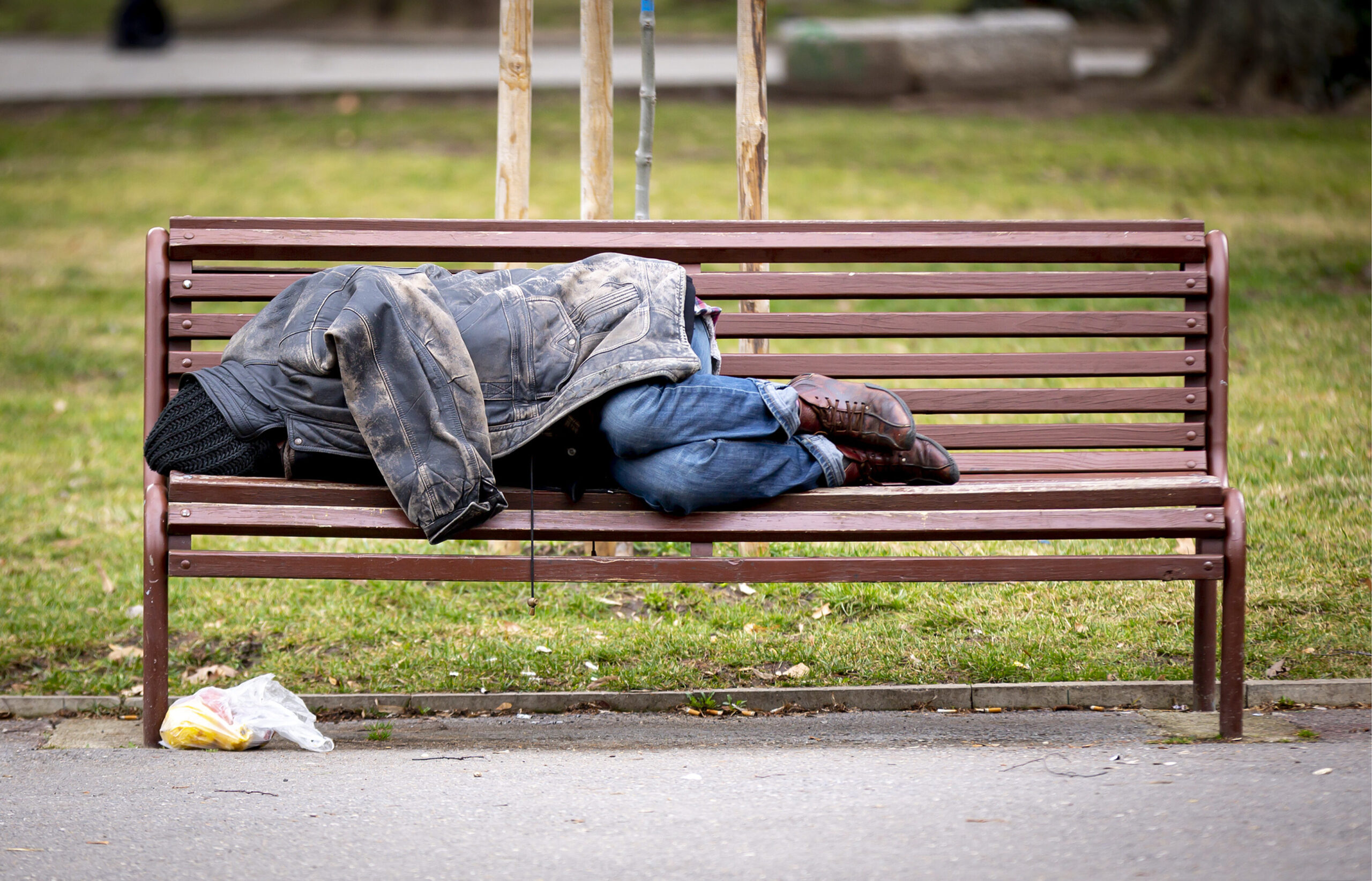A Government Accountability Office report, “Homelessness: Actions to Help Better Address Older Adults’ Housing and Health Needs,” released October 9, includes data showing that about 138,000 older adults (55+) experienced homelessness on a single night in 2023. Of these, about 46% were unsheltered and about 54% were staying in emergency shelters, transitional housing programs, or safe havens.
Gathered as part of the Department of Housing and Urban Development (HUD) annual point-in-time count, the numbers show that of the 138,089 older adults experiencing homelessness on one night in January 2023, 98,393 were 55 – 64 and 39,696 were 65 and older. This information from 2023 is the first year that HUD’s point-in-time count explored in greater depth the age of those counted. (Historically, the data’s been divided into those above and those under 24 years of age.) LeadingAge had advocated to HUD and the U.S. Interagency Council on Homelessness for years that these data be collected so adequate resources and policy solutions can be garnered to address needs.
The report, which was requested in 2022 by House Committee on Financial Services Chair Maxine Waters (D-CA) and Senate Special Committee on Aging Chair Bob Casey (D-PA), to look at the number of older adults experiencing and at risk of homelessness, the housing needs prevalent amount older adults experiencing homelessness, and federal strategic planning and agency efforts to address homelessness among older adults, covers a range of topics, including the impact of severe rent burden (spending more than half of income for housing costs) among older adult households with low incomes, which places people at risk of homelessness.
Once homeless, older adults face myriad challenges to end their homelessness. Among them, are employment and income restraints, accessibility needs, and location needs and preferences. Older adults with mobility limitations, functional impairments, or health conditions may need supportive services like home health care, personal care, transportation, housekeeping, and meals to maintain tenancy to live independently.
The report also details the inadequacy of shelters to meet the needs of older adults and newer models of shelters and medical respite centers.
The report, unfortunately, provides only a short reference to the largest affordable housing programs, the mainstream affordable housing programs like HUD multifamily, public housing, and voucher programs and the Treasury’s low income housing tax credit program play a crucial role in preventing and ending homelessness. The report focuses on HUD’s homeless assistance programs with fund Continuum of Care programs and Emergency Solutions Grants, HHS programs, and Veterans Affairs programs.
The report makes two recommendations. Both recommendations are things the GAO suggests HHS do to ensure its Administration for Community Living (ACL) Administrator, as the lead agency for the Housing and Services Resource Center (HSRC), do. First, ensure that ACL works with HSRC partner agencies to clearly define short- and long-term outcomes for the center, consistent with leading collaboration practices. Second, ensure that ACL works with HSRC partner agencies to collect and use performance information and other relevant evidence to assess progress toward the HSRC’s desired outcomes.
Read the GAO report here.

 Shutdown Week Three: Impact of Ongoing Closure on Affordable Housing
Shutdown Week Three: Impact of Ongoing Closure on Affordable Housing CMS Debuts Models: ACCESS, ELEVATE and LEAD
CMS Debuts Models: ACCESS, ELEVATE and LEAD


